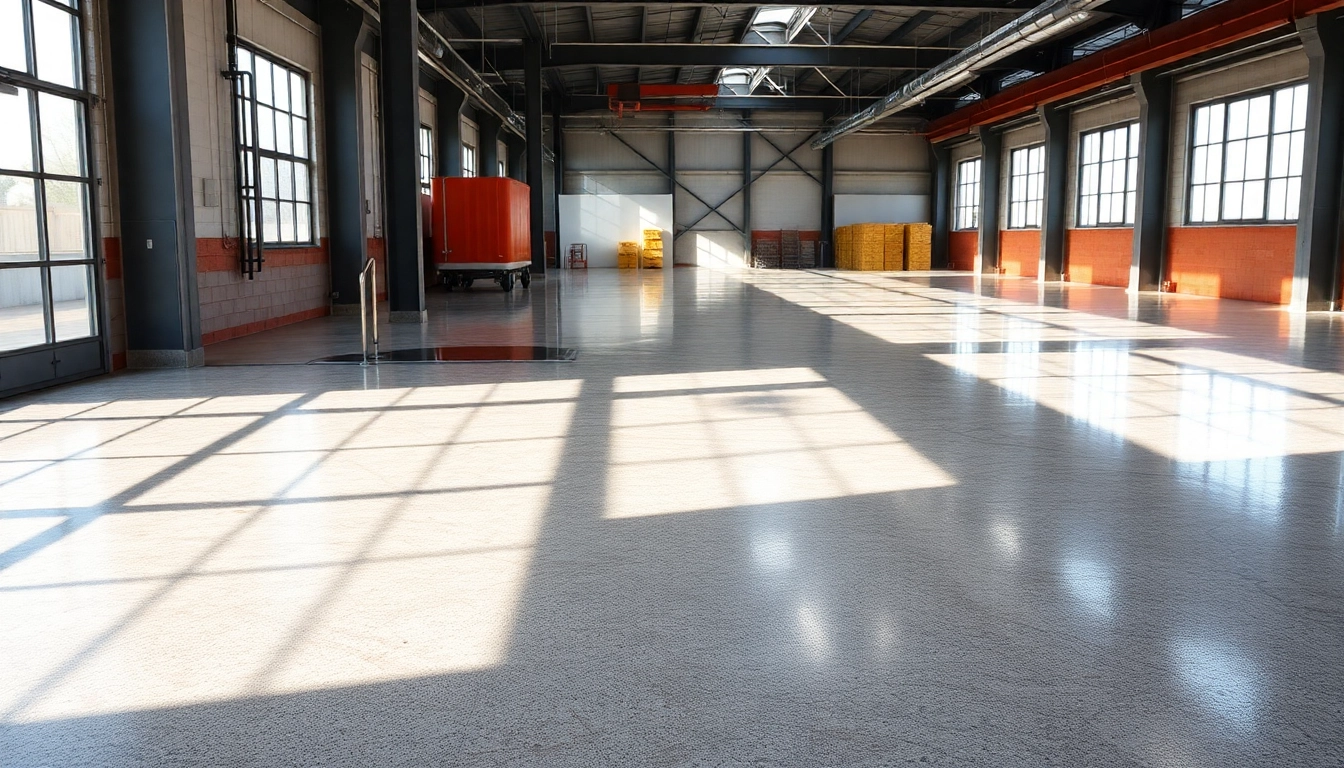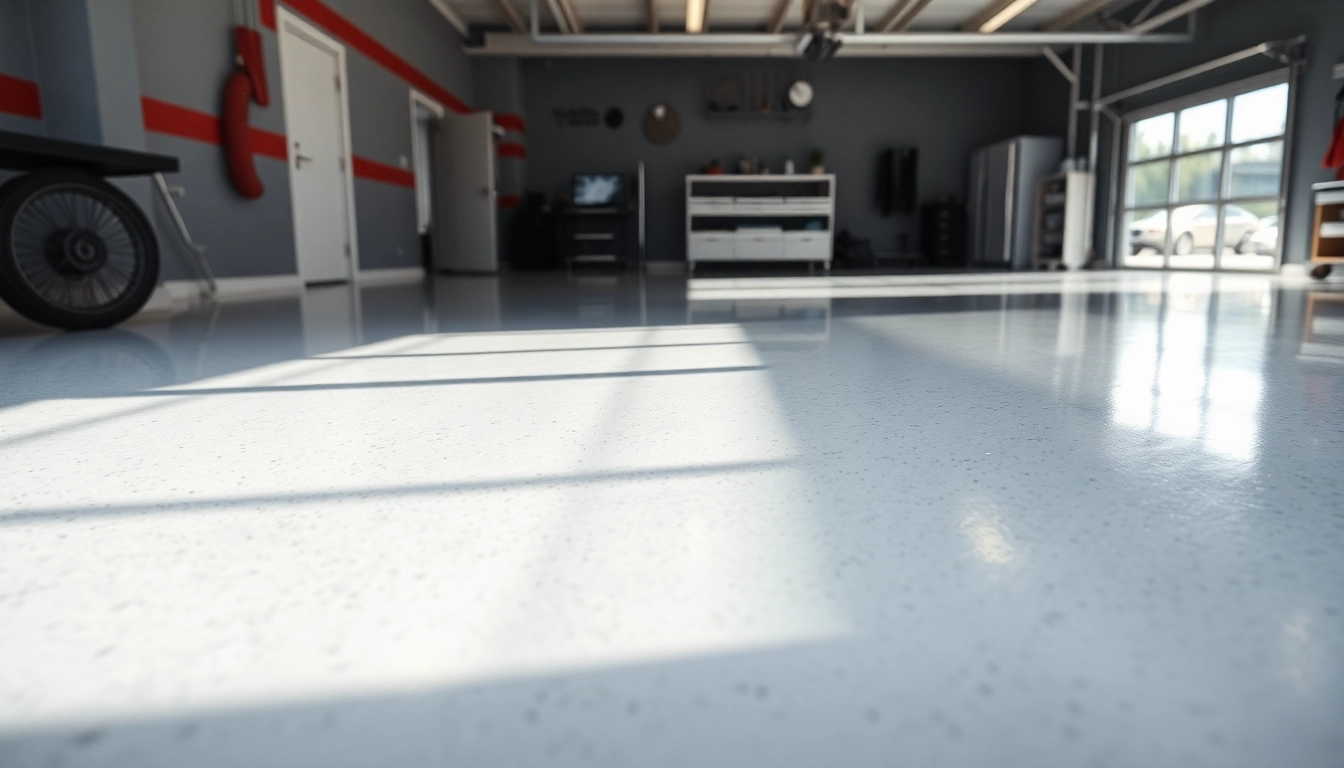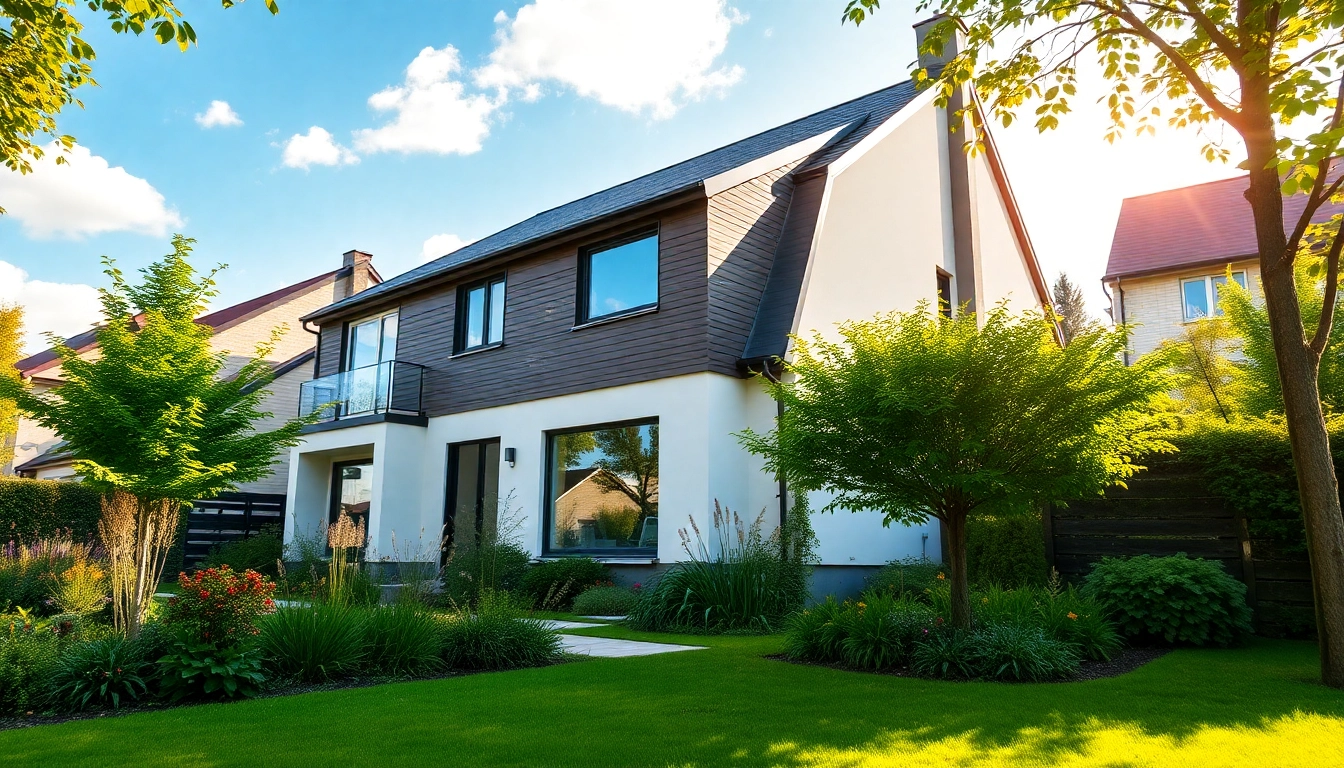Introduction to Epoxy Resin Floors
Epoxy resin floors have become a premier choice for a wide range of residential, commercial, and industrial spaces owing to their exceptional durability, aesthetic appeal, and ease of maintenance. These flooring systems are composed of a thermosetting resin that, when applied correctly, creates a seamless, high-strength surface capable of withstanding heavy traffic, chemical spills, and mechanical wear. As the demand for resilient and stylish flooring continues to grow, understanding the fundamentals of epoxy resin flooring is essential for property owners, contractors, and DIY enthusiasts alike.
To explore the vast possibilities and benefits of epoxy floors, you can learn more about the process and available options by visiting our detailed guide on epoxy resin floor solutions. This comprehensive resource covers everything from surface preparation to aesthetic customization, ensuring you can confidently plan and execute your flooring project.
What Are Epoxy Resin Floors?
Epoxy resin floors are advanced coating systems made from a blend of epoxy resin and a hardening agent, which chemically reacts to form a rigid, durable surface. This type of flooring can be applied over concrete substrates, and its versatility allows for a variety of finishes, from high-gloss industrial looks to subtle matte textures. The epoxy forms a seamless bond with the underlying surface, creating a protective barrier that resists scratches, stains, and impact damage.
Epoxy floors are distinguished by their ability to be customized in terms of color, texture, and embedded patterns, making them suitable for both functional and decorative purposes. Whether used in a garage, warehouse, retail space, or even a residential kitchen, epoxy resin flooring provides an attractive, long-lasting solution that adapts to demanding environments.
Benefits of Choosing Epoxy Resin Flooring
- Exceptional Durability: Epoxy floors are highly resistant to abrasion, impact, and chemical spills, making them ideal for environments with heavy foot traffic or machinery.
- Seamless and Hygienic: The monolithic nature of epoxy creates a smooth surface without joints or seams where dirt and bacteria can accumulate, simplifying cleaning routines.
- Cost-Effective: Despite their advanced properties, epoxy floors offer a cost-efficient solution when considering their longevity and low maintenance needs.
- Enhanced Safety: Epoxy coatings can be formulated with slip-resistant additives, providing improved safety in areas prone to spills or moisture.
- Design Flexibility: A wide array of colors, patterns, and textures allows for creative customization that can match branding or aesthetic preferences.
- Quick Installation and Curing: Modern epoxy systems can be applied efficiently, minimizing downtime for commercial and industrial spaces.
Furthermore, epoxy floors are environmentally friendly options, especially formulations designed with low VOCs, aligning with sustainability goals.
Common Applications and Industries
Epoxy resin floors are utilized across numerous sectors because of their versatile properties:
- Industrial Facilities: Warehouses, manufacturing plants, and factories benefit from impact-resistant, chemical-proof coatings that endure harsh conditions.
- Commercial Spaces: Showrooms, retail outlets, and restaurants use epoxy flooring for aesthetic appeal combined with durability.
- Healthcare and Laboratories: The seamless nature of epoxy ensures hygienic surfaces in environments requiring strict cleanliness standards.
- Residential Garages and Basements: Homeowners appreciate the ease of maintenance and customization possibilities.
- Educational and Sports Facilities: Gymnasiums and schools utilize epoxy floors for their resilience and safety features.
These applications illustrate the adaptability of epoxy systems—adapting to unique stressors, safety requirements, and aesthetic preferences across diverse environments.
Planning Your Epoxy Resin Floor Project
Surface Preparation and Surface Types
The success of an epoxy floor relies heavily on meticulous surface preparation. Concrete surfaces must be clean, dry, and free of contaminants such as oil, grease, or existing coatings. Mechanical methods like grinding or shot-blasting are preferred to ensure a roughened, porous surface that enhances adhesion. Address any existing cracks or damages before coating to prevent future failure.
For floors with existing coatings or paints, proper removal or priming is essential. The surface type—whether old concrete, plywood, or other substrates—dictates the preparation techniques and primer requirements. Proper preparation ensures a long-lasting, professional finish.
Selecting the Right Epoxy System
Choosing the appropriate epoxy resin system depends on the intended use, load requirements, exposure to chemicals, and aesthetic goals. Options include:
- Self-leveling epoxy: Ideal for producing smooth, glossy surfaces in garages and showrooms.
- Slip-resistant epoxy: Incorporates aggregates or textures for enhanced safety.
- Gradual pour epoxy: Suitable for seamless large areas with minimal joints.
- Quartz or decorative overlays: Combine aesthetics with durability for customized designs.
Consulting with suppliers or experienced contractors can help identify the best system for your specific project.
Design Ideas and Color Options
Epoxy flooring offers limitless design possibilities. Solid colors, metallic effects, and embedded logos enable branding and personalization. Trends such as marble-like finishes or terrazzo effects are popular for upscale residential or retail spaces. Use contrasting colors to delineate zones or enhance safety with visual cues. Incorporating UV stability and anti-scratch additives can also maintain the visual appeal over time.
Step-by-Step Installation Process
Preparation and Mixing Techniques
Begin by ensuring the surface is thoroughly cleaned and prepped. Mix the epoxy resin and hardener following manufacturer instructions, maintaining proper ratios and mixing times to ensure complete chemical reaction. Use high-quality tools and personal protective equipment (PPE) for safety and consistency.
Application Tips for a Flawless Finish
Apply the epoxy in temperature-controlled environments, ideally between 10°C and 30°C. Use rollers or squeegees for even spreading, avoiding puddles or thin spots. For decorative layers, consider using metallic pigments or flakes during application to achieve the desired aesthetic effect. Thin coats are preferable; multiple coats may be necessary for optimal coverage and durability.
Drying and Curing Times
Most epoxy systems cure within 24-72 hours, but full hardness may take up to a week. Maintain optimal conditions—avoid foot traffic, moisture, or temperature fluctuations during curing—to prevent imperfections. Patience during this phase ensures a high-quality, durable finish with maximum adhesion.
Maintenance and Longevity of Epoxy Floors
Cleaning and Regular Care
Routine cleaning involves sweeping or vacuuming to remove debris and mopping with a damp cloth using mild detergents. Avoid harsh chemicals or abrasive scrubbers that can damage the surface. Applying periodic sealants or topcoats can restore gloss and add extra protection.
Troubleshooting Common Issues
Common concerns include surface dullness, cracks, or peeling. These often result from improper preparation, environmental conditions during curing, or mechanical stress. Address minor cracks with epoxy repair kits, and consider re-coating or resealing for surface wear or discoloration.
Extending the Life of Your Epoxy Floor
Protect your flooring by placing mats in high-traffic areas, avoiding heavy impact from machinery, and promptly cleaning spills. Regular inspections can identify early signs of wear, allowing for timely repairs that prolong your investment.
Innovations and Trends in Epoxy Flooring
Latest Technologies and Materials
Modern advancements include UV-resistant formulations, environmentally friendly low-VOC systems, and self-healing epoxy surfaces. These innovations improve longevity, sustainability, and aesthetic versatility. Hybrid systems combining epoxy with polyaspartic resins enable rapid curing and enhanced chemical resistance.
Design Trends and Customization
Current trends focus on high-end finishes like metallic, flake, and flake-infused epoxies, along with personalized logos and custom graphics. 3D epoxy designs are emerging, allowing for eye-catching depth effects in interior spaces. Conversely, minimalist monochrome palettes remain popular for sleek, modern looks.
Environmental Considerations
Eco-conscious manufacturers are developing formulations with sustainable ingredients and reduced emissions. Recyclable and low-emission epoxy options address environmental impact concerns, making epoxy flooring a greener choice for responsible projects.



